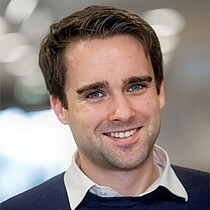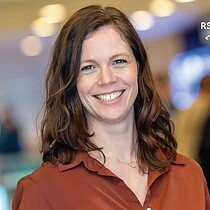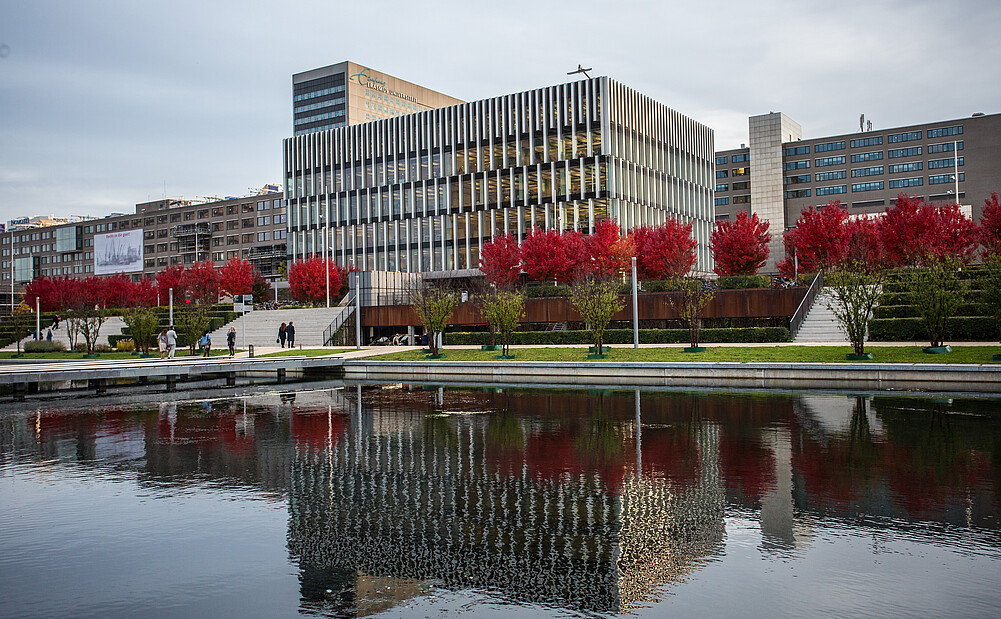

Article: Thursday, 17 August 2017
Tourists’ tweets are different from city residents’ tweets, realised Dr Tobias Brandt of Rotterdam School of Management, Erasmus University (RSM). Away from their usual surroundings, tourists attach more photos and extra information to their posts. Analysing this information can yield valuable insights about the city’s hotspots and why tourist flock to them, Brandt discovered after analysing 600,000 tweets sent in San Francisco. The results of his study can help cities and businesses to decide where best to direct their efforts to develop tourism.
Every tweet can be seen as an information package with different layers, says researcher Brandt. One such piece of embedded information is the ‘geo-tag’, which represents the location from which the tweet is sent. To find out how tweets can be turned into valuable information for the tourism industry – which is localised by nature – Brandt and his colleagues used only geo-tagged tweets in their study.
They plotted more than 600,000 tweets sent out in San Francisco over a three-month period. The resulting map gave the researchers an idea of the huge volume of people moving around in the city during that time. Simply by knowing at what time of day which parts of the city are busiest can be useful for policy regulating traffic flow for example, and for businesses relying on the flow of passers-by for their sales, Brandt says.
Attaching a photo or video to a tweet often means that the surroundings are special enough to show off to social media contacts, Brandt continues. To find out where those special places are, the researchers plotted the likelihood of a tweet from a particular location containing a photo or video. If a large proportion of Twitter users photograph or film in a particular spot, then that place holds at least some touristic value, the researchers reasoned.
Apart from San Francisco’s hotspots, this analysis also revealed vantage points that often feature in photos, such as Twin Peaks, close to San Francisco. These prominent hills are not as frequently visited as other parts of the city and do not generate enormous numbers of geo-tagged tweets. But once people arrive at the top, they are very likely to take a picture of the stunning view over the city.
This analysis can show cities, especially those with a less-developed tourist industries than that of San Francisco, what locations to develop, for example by improving access by public transport, creating more parking places or improving signage. Tour guides can use the results to select which destinations to include, Brandt says.
Finally, the researchers analysed the subjects of the tweets and plotted how often topics were discussed, and in which parts of the city. The resulting map showed that the most popular topics related to events such as a popular technology conference, or a San Francisco Giants baseball match. Knowing where these messages are sent from and when can help marketers to place billboards and outdoor campaigns for optimum exposure.
Particularly when used together, the three analyses – geo-tags, attached photos and subject – can show businesses and policy-makers which locations are visited most often, how visitors value the surroundings and the reasons they visit, says Brandt. And this information is not limited to Twitter; other social media channels that allow users to geo-tag, such as Facebook and Flickr, can be used to discover valuable spatial patterns, he concludes.

Brandt, T., Bendler, J. & Neumann, D. (2017). Social Media Analytics and Value Creation in Urban Smart Tourism Ecosystems. Information and Management, Accepted (forthcoming).


Science Communication and Media Officer
Rotterdam School of Management, Erasmus University (RSM) is one of Europe’s top-ranked business schools. RSM provides ground-breaking research and education furthering excellence in all aspects of management and is based in the international port city of Rotterdam – a vital nexus of business, logistics and trade. RSM’s primary focus is on developing business leaders with international careers who can become a force for positive change by carrying their innovative mindset into a sustainable future. Our first-class range of bachelor, master, MBA, PhD and executive programmes encourage them to become to become critical, creative, caring and collaborative thinkers and doers.
